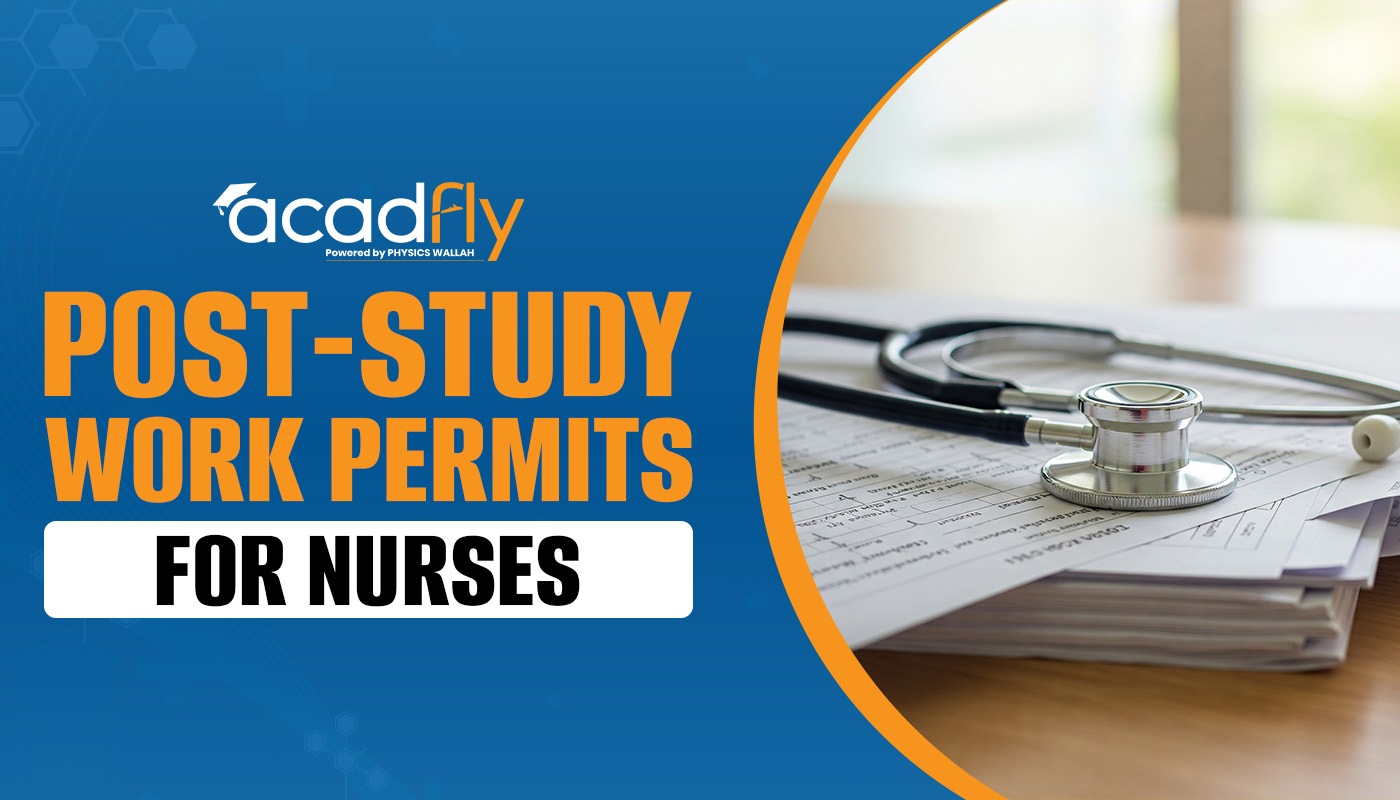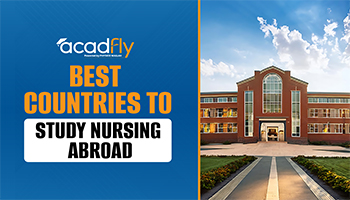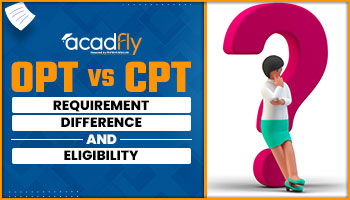

Navigating the transition from an F-1 to an H-1B visa can be a pivotal step in your career journey. This shift, often referred to as the F-1 to H-1B visa transition, involves moving from a student visa to a work visa, allowing you to continue your career in the U.S. after graduation. Understanding the key processes and requirements for this transition is crucial for a smooth change in status. This guide will cover essential aspects of the transition, including eligibility criteria, application procedures, and important considerations to ensure a successful shift from student to professional status.
Understanding the Process of Changing Status from F-1 to H-1B
The F-1 to H-1B visa transition is a significant step for international students who want to stay in the U.S. after completing their studies. This process involves moving from a student visa to a work visa, which allows you to work in your field of study. The key to a successful transition is understanding the steps and requirements involved in this change of status.
The first step in the student visa to work visa process is to secure a job offer from a U.S. employer who is willing to sponsor you for an H-1B visa. Your employer must demonstrate that the job requires specialized knowledge and that you possess the necessary skills for the role. This sponsorship is crucial as it forms the basis for your H-1B application.
Once you have a job offer, you can apply for the H-1B visa. This involves filing an H-1B petition with U.S. Citizenship and Immigration Services (USCIS). If you are currently on Optional Practical Training (OPT), you must transition from OPT to H-1B before your OPT expires. The H-1B visa application process typically includes proving your job offer, your qualifications, and your employer’s eligibility.
The H-1B visa for international students is designed to allow recent graduates to work in the U.S. and gain valuable experience in their field. It is important to start the application process early, as there are specific timelines and quotas for H-1B visas. Properly managing this transition ensures that you can continue your career in the U.S. without interruption.
Student Visa to Work Visa Process: Key Steps
Transitioning from a student visa to a work visa involves several important steps. Each step must be completed carefully to ensure a smooth transition. Here’s a breakdown of the key steps:
Secure a Job Offer
You need a job offer from a U.S. employer who is willing to sponsor you for an H-1B visa. This employer must demonstrate that the job requires specialized knowledge that you possess.
Apply for H-1B Visa
Your employer will file an H-1B petition with U.S. Citizenship and Immigration Services (USCIS). This includes submitting forms and supporting documents that prove your eligibility and the job’s requirements.
Wait for Petition Approval
After submitting the petition, you must wait for USCIS to process and approve it. Processing times can vary, so it's important to check the status regularly and be prepared for any requests for additional information.
Transition from OPT to H-1B
If you are currently on Optional Practical Training (OPT), you must ensure that your H-1B visa is approved before your OPT expires. Your H-1B status should start immediately after your OPT ends to avoid any gaps in your legal status.
Maintain Valid Visa Status
Throughout the process, ensure you maintain a valid visa status and comply with all requirements. Staying informed about deadlines and regulations will help you avoid issues and ensure a smooth transition.
How to Transition from OPT to H-1B Visa
Transitioning from OPT (Optional Practical Training) to an H-1B visa involves several key steps to ensure that you can continue working legally in the U.S. after your OPT period ends. First, you need to secure a job offer from an employer who is willing to sponsor you for an H-1B visa. This job must be related to your field of study and require specialized knowledge that matches your qualifications.
Once you have a job offer, your employer will need to file an H-1B petition on your behalf. This petition is submitted to U.S. Citizenship and Immigration Services (USCIS) and includes important documents such as your job offer letter, proof of your qualifications, and information about the employer. It's crucial to start this process early because there are specific deadlines and quotas for H-1B visas.
While waiting for the H-1B petition to be processed, you must ensure that your OPT remains valid. If your H-1B petition is approved, your new visa status will begin on October 1st, which is the start of the fiscal year for H-1B visas. Make sure there is no gap between the end of your OPT and the start of your H-1B status to avoid any legal issues.
Finally, keep track of all deadlines and maintain regular communication with your employer and USCIS. This will help you stay informed about the status of your application and address any issues that might arise. Proper planning and timely action are essential for a smooth transition from OPT to H-1B visa status.
Applying for a US Work Visa After Graduation
Securing a U.S. work visa after graduation involves several crucial steps. Follow these key points to navigate the application process effectively:
Determine Your Visa Type
Identify the type of work visa that fits your situation. The H-1B visa is a common choice for recent graduates seeking employment in specialized fields. Make sure you understand the specific requirements for the visa type you choose.
Obtain a Job Offer
Secure a job offer from a U.S. employer who is willing to sponsor your work visa. The job must be related to your field of study and should require the specialized skills that you possess.
Employer Files Petition
Your employer will need to file a petition with U.S. Citizenship and Immigration Services (USCIS) on your behalf. This involves submitting various forms and supporting documents, including details about your job and your qualifications.
Wait for Petition Approval
After your employer files the petition, wait for USCIS to process and approve it. Processing times can vary, so it’s important to stay informed about the status of your application and be prepared for any additional requests from USCIS.
Maintain Legal Status
Ensure that you maintain legal status while waiting for your visa approval. If you are on OPT, make sure there is no gap between the end of your OPT and the start of your work visa. Staying compliant with all visa regulations is crucial for a smooth transition.
H-1B Visa for International Students: Requirements
For international students looking to transition from a student visa to an H-1B visa, several requirements must be met. Understanding these requirements will help ensure a smooth application process:
Job Offer from a U.S. Employer
You must have a job offer from a U.S. employer willing to sponsor you for an H-1B visa. The position must require specialized knowledge and be related to your field of study.
Educational Qualifications
You need to have completed a relevant degree from an accredited institution. Your educational background should align with the job you are applying for to meet the visa’s educational requirements.
Employer’s Sponsorship
Your employer must demonstrate that they can offer you a role that requires your specific skills. They also need to prove that they can pay you the prevailing wage for the position.
H-1B Petition Filing
Your employer must file a petition with U.S. Citizenship and Immigration Services (USCIS). This includes submitting Form I-129 (Petition for a Nonimmigrant Worker) along with supporting documentation.
Visa Cap and Lottery
Be aware that H-1B visas are subject to an annual cap and lottery system. There’s no guarantee of approval, so it's important to apply early and understand the chances of being selected in the lottery.
Frequently Asked Questions
1. Can I transition directly from F-1 to H-1B without leaving the U.S.?
2. How long does the F-1 to H-1B transition process take?
3. What if my H-1B petition is not approved before my OPT ends?
4. Do I need a new job offer to apply for an H-1B visa?
5. Can my H-1B visa application be denied, and what should I do if it is?









